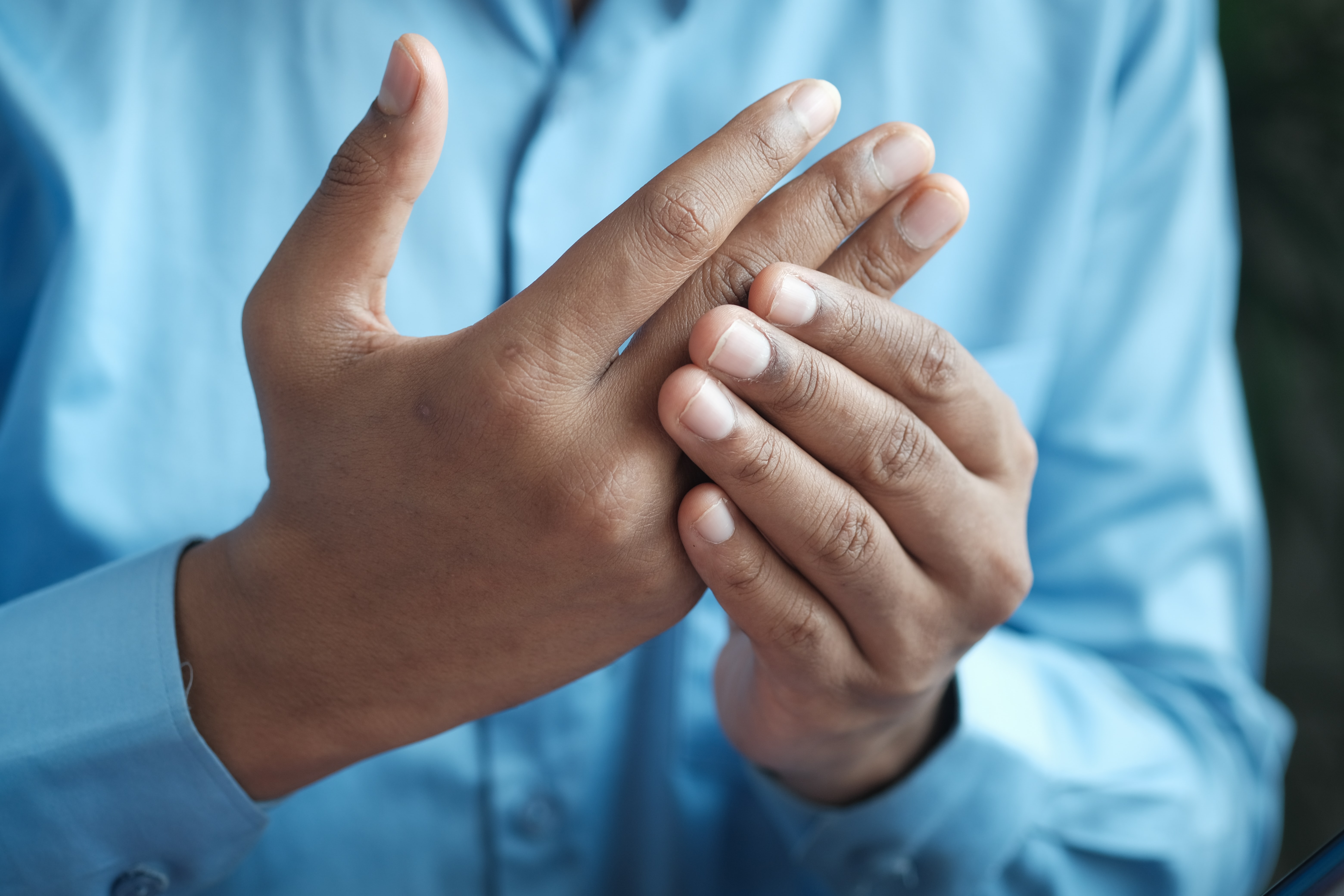This article has been verified medically by Dr Tan Ter Chyan, hand surgeon at Hand Surgery Associates, Mount Elizabeth Novena Specialist Centre (Singapore).
About the Doctor
Trigger finger self-care. Does a case of trigger finger warrant a trip to the doctor? Trigger finger, which is characterised by a painful clicking or snapping when finger joints are moved, or when finger joints are “stuck” in a particular position. Whether or not a visit to the doctor is recommended depends on the severity of the condition.
Grading of trigger finger and treatment options
Trigger finger is usually classified into four grades, with 1 being the mildest and 4 being the most severe. Most people administer self-care at Grade 1. Medical attention is strongly advised at grades 2 and 3, and these make up the majority of cases. One should not wait until grade 4 before seeing a doctor as complications like contractures (see below) could occur by then.
Grade 1
For grade 1 cases, the trigger finger will be placed into a splint to limit movement and then left to recover on its own with sufficient rest, as the only symptom is pain but there is no significant entrapment of the tendon.
Reducing repeated activities that require gripping is helpful.
Grade 2
The “triggering” of the finger becomes significantly noticeable and repeated. The patient can still actively move the finger without assistance, although the movement is usually accompanied by pain.
Taking oral anti-inflammatory medication may reduce the pain and swelling experienced in the tendon. In cases where the pain is more acute, an injection of steroids into the tendon sheath may reduce swelling. The tendon can then move smoothly through the tendon sheath and the finger regains its range of motion without pain. Steroid injections can help but the recurrence rate is 30 to 50 per cent within three to six months.
For early recurrence or if the condition does not settle, surgery is recommended with good results.
Grade 3
At Grade 3, there is noticeable difficulty in moving the finger unless it is assisted by the other hand.
A steroid injection is recommended if it has not already been administered. However, its effects are only temporary, with recurrence more likely than for grade 2 triggers. More than one injection may be required to treat the trigger finger, with an upper limit of two injections per finger per lifetime. Surgery without first having steroid injections is a good option for grade 3 triggers.
Grade 4
The most serious stage of trigger finger is Grade 4. This is when the finger cannot be moved. It can also result in a contracture of the finger. A contracture is when the tendons, ligaments, or muscles tighten into a fixed position, preventing movement. At this stage, the affected digit is completely stuck in one position.
Surgery is recommended at this stage to treat the swollen tendon sheath. A small skin incision is made in the palm and the pulley over the tendon of the affected finger is released. This is often a day surgery done under local anaesthesia, and the affected fingers should recover their normal function after the procedure.












